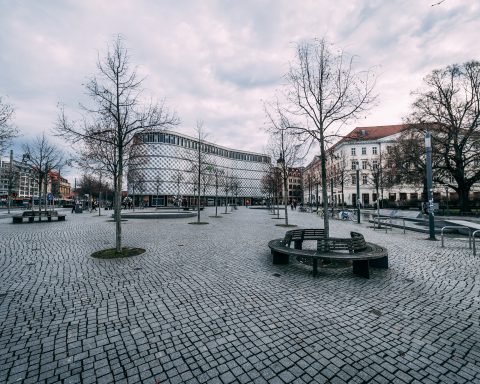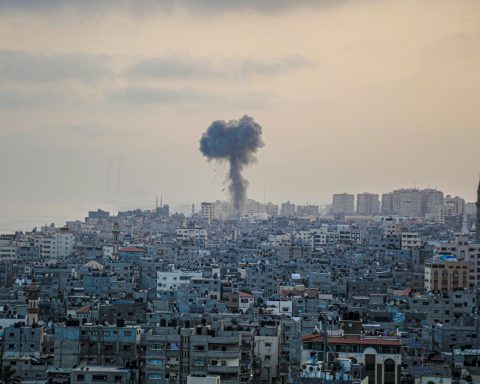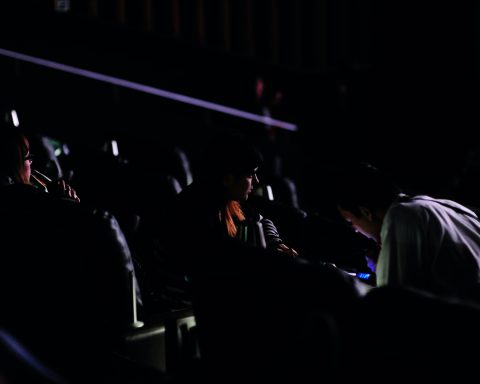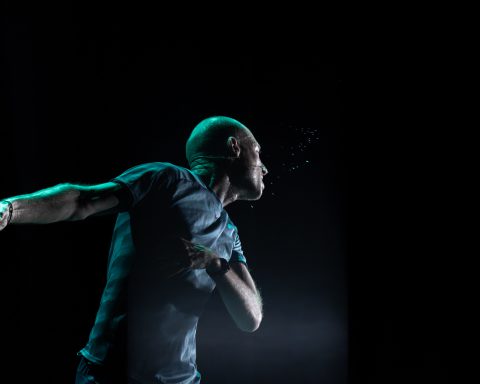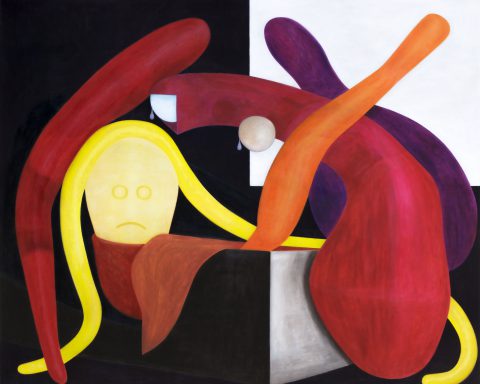Part of the job of a curator is to do a budget. By the time you figure in travel, accomodation, material production, PR materials, graphic design, photo or video documentation, install, destall and even minimum pay for the artist(s), it is not uncommon for shows to cost upwards of €10,000.
Where does that money come from?
Well, that depends. Even if there is an entrance fee, it usually doesn’t cover the expenses. Often the curator is responsible for finding the funding. This can mean filling out form after form after form. After the project, it involves reporting on the success of the event(s).
There is much discussion over private vs. public funding. Many say tax money should not be spent on the arts. They say if you have no say, you will resent money spent on things you don’t like or understand. They say a better system is one where people get tax deductions for money donated. That way, you support what you want to support.
Those in favour of public money going to the arts say that a tax deduction system promotes elitist and traditional projects. It becomes more of a who’s who and rarely invests in experimental works. They also suggest that art in the community is hard to fund in that way.
Regardless of where the funding comes from, there is always the question of what, if any, strings are attached. If the art is commissioned, will the funding agencies be happy with the final product? Will they be happy with the presentation?
We continue our 7 part series written by participants in this year’s edition of the Konstfack CuratorLab based in Stockholm, Sweden. They recently went to the 11th Gwangju Biennale 2016, The Eighth Climate (What does art do?) in Korea. The texts originally appeared on their website.
intro by maeshelle west-davies
Satisfying primal needs: an interview
Ayesha Sultana was born in Jessore, Bangladesh, and is now based in Dhaka. She received her Post-Graduate Diploma in Art Education from Beaconhouse National University, Lahore (Pakistan), in 2007-2008. As a constantly evolving process, Ayesha’s work could not be identified as belonging to a single artistic tendency. She has worked in different mediums and techniques, but after her graduation she took a specific interest in the features of the materials she uses in the act of making.
Saima Usman: What are you showing at the 11th Gwangju Biennale 2016?
Ayesha Sultana: The work comes from an ongoing series of drawings on paper. It refers to notions of space, in particular the urban landscape of Dhaka. Graphite is layered and rubbed upon the folded surface repeatedly, to create a dense texture of metal-like appearance. The tessellating shapes allude to basic architectural forms and elements derived from windows, niches and gates.
SU: What is integral to the work of an artist?
AS: Persistence, hard work and being engaged with yourself and your surroundings.
SU: Why art?
AS:
For as long as I can remember, there was always a primal need to create.
To make things. I think if I weren’t doing what I am doing now, it would still be something else in the creative field. Maybe I would’ve been making music or weaving textiles.
SU: What do you dislike in the art world?
AS: Art prizes.
SU: How do you do your research?
AS: The process of research can unfold and reveal itself in many ways. It could happen while reading, taking pictures, having conversations or simply when exploring a new place. Thinking is also a way of working. Sometimes when I end up making an outline for a project, it can be quite methodical in its approach of accumulating raw material, but more often the process can be intuitive and fluid.
SU: Is the artistic life lonely? What do you do to counteract it?
AS: Art is a very intimate and often solitary form of activity for me. I embrace moments when I’m by myself while working on things.
SU: What role does the artist have in society?
AS: Artists have the capacity to negotiate their world by enriching culture and influencing human conscience. They can express that which is ineffable to link us to something greater than ourselves.

SU: What memorable responses have you had to your work?
AS: I found it interesting that during a few exhibitions, certain site-specific or sound works went unnoticed by much of the audience and it wasn’t until later that I heard from people who accidentally stumbled upon it, that they were moved by the whole experience of the work in its well-integrated environment.
SU: Describe a real life situation that inspired you.
AS: Can’t recall any at the moment.
SU: Should art be funded?
AS: Yes, I think so. However sometimes public/ private funding will also come with its own terms and conditions, which the artist does not necessarily benefit from. As someone working as a freelancer, it’s not easy to carry out projects with your own finances and sustain it over the years without having a secondary means of income.
SU: Favorite or most inspirational place?
AS: Pantheon, Rome.
SU: Professionally, what is your goal?
AS: I’m interested in teaching and would like to dedicate more time to that in the future. It involves a different kind of learning, allowing room for personal growth and inspiration.
Saima Usman is a curator, artist and textile designer based in Stockholm. Currently, she is studying in the Curator Lab at Konstfack University of Art and Design Stockholm and working as a freelancer at Jovoto Berlin. She is also working as a remake designer and artist at Refo in Stockholm. She did her Masters in Textile Designing at Hajvery University Lahore. She has worked in Kohinoor Textile weaving mills as a textile print designer and has been a freelance designer in the company Basic Blouse, San Francisco, USA. She has been a member of Artists at Eskilstuna Gamlastaden. She was raised in Pakistan and migrated to Sweden after her marriage. Since 2011, she has been involved in exhibiting her exploration of scrap material combined with textile material and makeup products on the themes of feminism, human behaviors and history of ancient monuments. Her aim is to struggle for social human rights.

